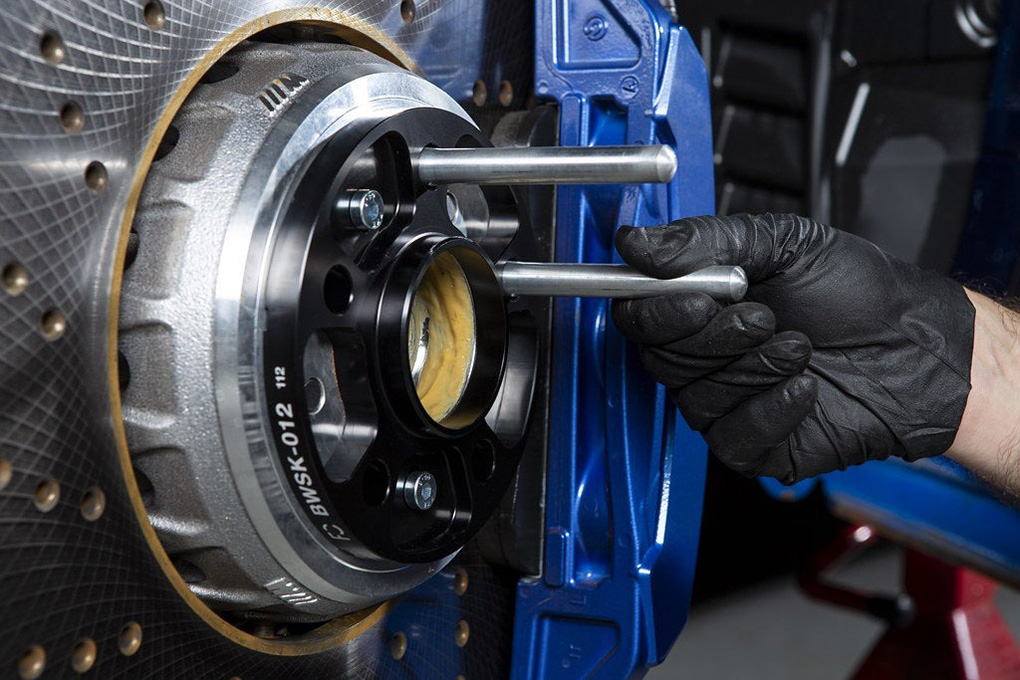When it comes to modifying your vehicle's appearance and performance, wheel spacers are a popular choice among car enthusiasts. These simple devices widen the track of your wheels, improving stability and enhancing the overall look of your ride. However, one question that often arises is whether an alignment is necessary after installing spacers. Let's explore this topic further.

Before delving into whether or not an alignment is required, it's important to understand what wheel alignment entails. Wheel alignment refers to adjusting the angles of the wheels to ensure they are perpendicular to the ground and parallel to each other. Proper alignment helps optimize tire wear, steering responsiveness, and overall handling characteristics.
Wheel spacers alter the position of the wheels by pushing them away from the vehicle's body. By doing so, they create additional space between the wheel hub assembly and the wheel itself. This change in wheel position can affect the vehicle's alignment settings.
Factors Determining Alignment Changes
Several factors come into play when determining the extent of alignment changes caused by the installation of spacers:
-
Spacer Thickness: Thicker spacers tend to result in more noticeable alignment alterations compared to thinner ones. The greater the distance between the wheel and the hub assembly, the more potential there is for alignment deviations.
-
Vehicle Model and Suspension Design: Different vehicles have varying suspension designs and tolerance levels for wheel alignment changes. Some cars may be more sensitive to alignment adjustments, while others may be more forgiving.
Possible Alignment Issues
Installing wheel spacers can potentially lead to certain alignment issues:
-
Toe Alignment: Toe refers to the angle at which the tires point inward or outward when viewed from above. Wheel spacers can increase the toe angle, causing excessive tire wear and affecting handling. If the toe angle becomes significantly altered, an alignment adjustment is necessary to restore the correct setting.
-
Camber Alignment: Camber refers to the vertical tilt of the wheels when viewed from the front or rear of the vehicle. While wheel spacers generally have minimal impact on camber alignment, certain vehicles with specific suspension designs may experience slight changes. If a significant alteration occurs, realigning








